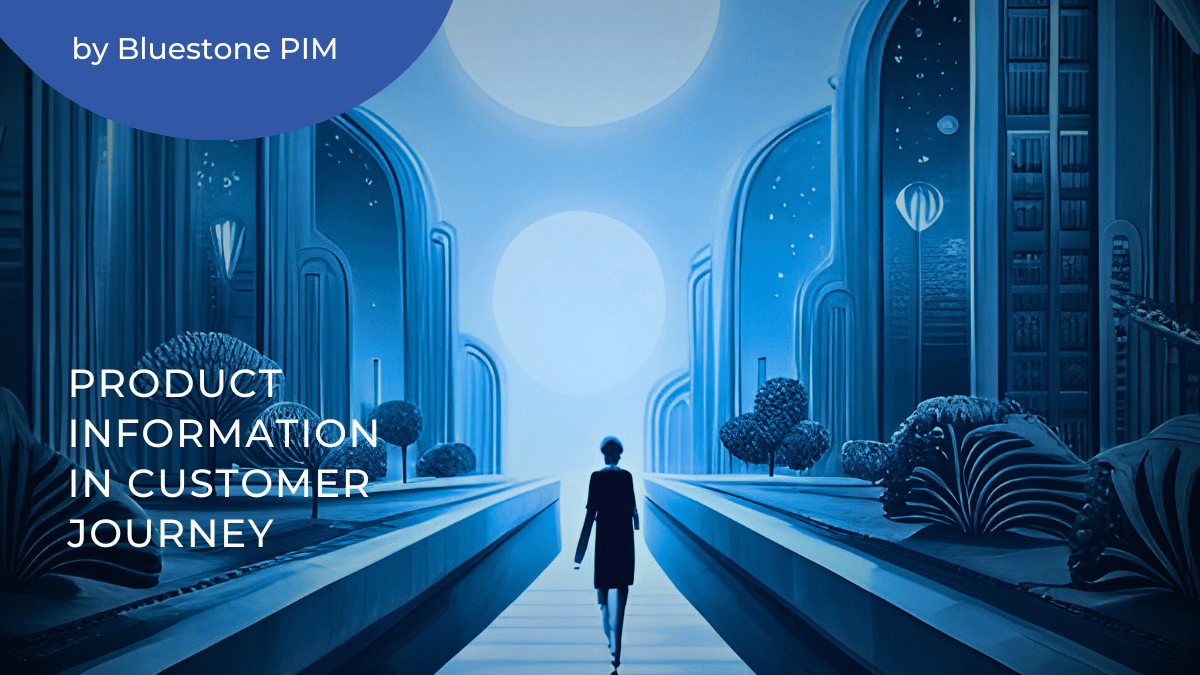5 Tips on How to Build Customer Loyalty
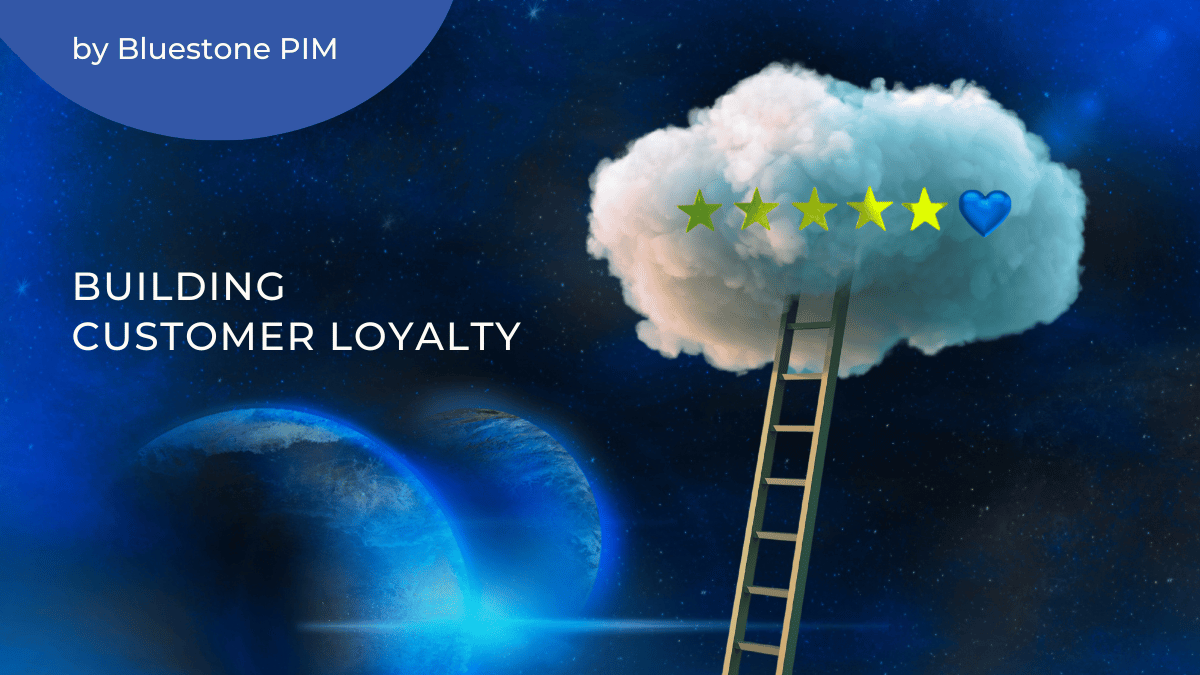
Table of Contents
It is no secret that customer loyalty is every brand’s desire, yet not every company is able to achieve it. Brand loyalty has a significant impact on a company’s bottom line, in particular, some of these statistics on customer churn and repeated purchases might surprise you:
-
74% of customers say they will forgive a company for its mistake after receiving excellent service (CX Trends Report 2022 by Zendesk)
-
76% of customers say they would switch to a company’s competitor due to multiple bad customer service experiences (CX Trends Report 2022 by Zendesk)
-
64% of business leaders say that customer service has a positive impact on their company’s growth (CX Trends Report 2022 by Zendesk)
For most companies, customers are the main source of revenue. Hence more and more business strategies are making customer service their workhorse.
If you want to set the course to be a customer-first company or you are close to the customer-led growth approach, strengthen your loyalty-building strategy. It's a game worth the candle.
Here are 5 tips and tricks you can use to build customer loyalty and cultivate lasting relationships with your target audience.
#1 Understand Your Customers
Benefits of Customer Understanding
By understanding your customers' preferences, shopping behaviors, and pain points, you can design a seamless and personalized customer experience. This includes aspects such as store layout, product assortment, pricing, customer service, and online interactions.
Moreover, knowing your customers enables you to create targeted marketing campaigns and communication strategies. By segmenting your customer base and understanding their demographics, interests, and purchasing habits, you can deliver relevant and timely messages that resonate with them. This improves the effectiveness of your marketing efforts and drives customer engagement and sales.
Customer understanding helps you identify gaps in the market and develop products that cater to your customers' needs. By analyzing customer feedback, conducting market research, and tracking trends, you can offer products that align with their preferences and stay ahead of the competition.
A Key to Loyal Customers and Long-Term Growth
When you understand your customers, you can build stronger relationships and foster loyalty. By delivering personalized experiences, offering loyalty programs, and providing excellent customer service, you create a sense of trust and value. Satisfied and loyal customers are more likely to become repeat buyers, recommend your brand to others, and contribute to your business's long-term growth.
Customer understanding provides you with a competitive edge in any given industry. By analyzing customer data and leveraging insights, you can make data-driven decisions and anticipate market trends. This enables you to stay relevant and adapt quickly, identify opportunities for innovation, and differentiate your brand from competitors.
💡 Pro tip: Map out the different stages a customer goes through when interacting with your business. Identify pain points, opportunities for improvement, and moments of delight. This helps you understand the overall customer experience and make informed decisions.
There are plenty of apps (even free) that can help you with this customer journey mapping.
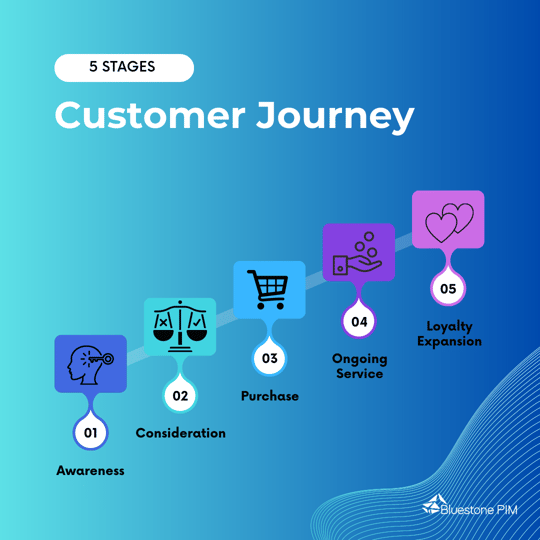
#2 Provide Excellent Customer Service
We see our customers as invited guests to a party, and we are the hosts. It’s our job every day to make every important aspect of the customer experience a little bit better.
Jeff Bezos
In a highly competitive market, where customers have numerous options and high expectations, exceptional customer service can set a business apart and contribute to its success.
Exceptional customer service ensures that customers have a positive experience throughout their interactions with your business. When customers feel valued, listened to, and supported, they are more likely to become loyal advocates for your brand.
Satisfied customers are not only more likely to return for repeat purchases but also recommend your business to others, leading to increased customer loyalty and organic growth.
In highly competitive industries, where customers have a choice between similar products or services, they often base their decision on the overall experience, including the level of customer service provided.
By focusing on delivering remarkable customer service, businesses can gain a competitive edge, retain customers, and foster long-term growth.
Not convinced? Check out some of the statistics showcasing how important quality customer service can be for your business:
-
68% of consumers say they are willing to pay more for products and services from a brand known to offer good customer service experiences. (HubSpot)
-
If the company’s customer service is excellent, 78% of consumers will do business with them again after a mistake. (Salesforce Research)
-
93% of customers are likely to make repeat purchases with companies that offer excellent customer service. (HubSpot Research)
-
Lastly, businesses can grow revenues between 4% and 8% above their market when prioritizing better customer service experiences. (Bain & Company)
#3 Personalize the Shopping Experience
The more you know about your customers, the better you can personalize their experience. Utilize recommendation engines to provide personalized product recommendations to customers based on their browsing and purchase history. These engines analyze customer data to suggest products that align with their preferences, increasing the likelihood of relevant and appealing suggestions.
Gather relevant customer data through various touchpoints, such as online registrations, purchase history, surveys, and social media interactions. This data can include demographic information, preferences, browsing behavior, and past purchases.
Recommend products related to their past purchases, and showcase relevant promotions based on their preferences is a very effective strategy to accommodate your most demanding shoppers.
💡 Pro tip: Include tailoring your website, marketing emails, and other communications to each customer's preferences and interests with dynamic content and personalized messaging to address customers by their names.
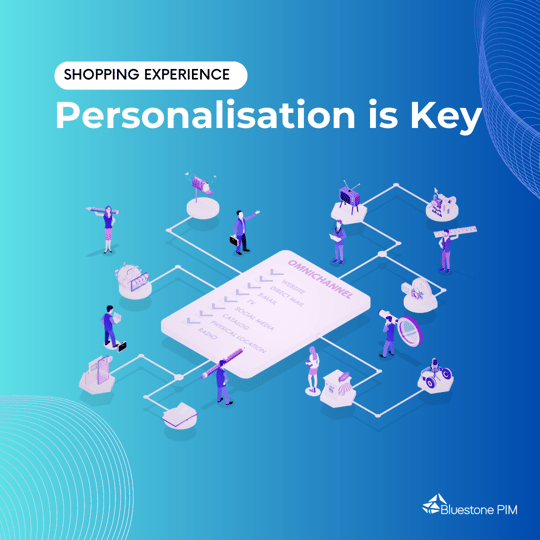
#4 Deliver Personalized Promotional Offerings
Do you want to make your customers feel special and appreciated? Try delivering personalized promotions tailored to their interests and preferences! It's a great way to build loyalty and keep them coming back for more.
One way to do this is by using a promotion engine. Think of it as a super-powered software tool that helps you create and manage targeted promotions and offers for your customers.
By analyzing their behavior and preferences, you can craft promotions that are sure to catch their eye and make them feel valued.
Personalization is an essential part of modern sales and marketing strategy. It enables businesses to build strong rapport with customers — making them feel more appreciated and therefore increasing engagement.
One of the most effective ways to create a personalized customer experience is through targeted promotions. It’s now possible to offer fully personalized promotions based on all kinds of customer data including demographic categories (gender, location), event-based attributes (cart size, product preference, purchase frequency), and loyalty tier.
Delivering well-timed, personalized and relevant promotional messages lead to more conversions and protect your marketing budget.
Corey Krafte, Global Technology Partner Manager at Talon.One.

Source: Talon.One
#5 Create a Rewards and Incentives Program
Loyalty programs have been around for quite a long time, yet not all of them turn out to be successful. So, what does it take these days to align your rewards program with your ever-demanding customers? There are several aspects that can make you stand out from the crowd.
By designing and implementing a well-planned program, you can foster customer loyalty, drive sales, and enhance the overall customer experience. From researching the best-performing loyalty programs with the highest number of users, it can be seen that focusing on delivering value, personalization, and convenience to customers while building a strong emotional connection is what they have in common.
By incorporating these key elements, businesses can create an engaging and memorable rewards and incentives program:
-
Deliver a clear value proposition - identify your customer needs, including their desires and pain points, and make sure to address these in your loyalty program design.
-
Ensure simplicity and ease of use - complex rules, complicated redemption processes, or confusing point systems can discourage participation. The program should have a user-friendly interface, clear instructions, and seamless integration across various touchpoints (online, mobile app, in-store, etc.).
-
Personalization and relevance - offer rewards your customers really want - this is really what sets successful loyalty programs apart from those with high engagement. This personalization helps strengthen the emotional connection between the customer and the brand
-
Tiered structure - by offering different tiers or membership levels, with escalating benefits, customers are motivated to continue engaging with the program to unlock higher rewards.
-
Measure data and learn from insights - by analyzing this data, businesses can identify trends, personalize offers, optimize the program, and make data-driven decisions to enhance customer experiences.
Example of a Customer Loyalty Program: Sephora
One successful example of a rewards program is the Sephora Beauty Insider program. Sephora, a global beauty retailer, has developed a highly effective rewards program that has garnered significant customer engagement and loyalty.

Source: Sephora
Here's an overview of its key elements:
Sephora offers a tiered rewards structure that includes three tiers: Beauty Insider, VIB (Very Important Beauty Insider), and Rouge. Each tier comes with its own set of benefits and rewards, such as exclusive access to new products, birthday gifts, early access to sales, and free beauty classes. This tiered approach motivates customers to engage more with the program and unlock higher levels of rewards.
Sephora's rewards program is based on a points system. Customers earn points for every dollar they spend, and these points can be redeemed for a variety of rewards, including deluxe samples, full-size products, and exclusive experiences. The points-based system incentivizes customers to continue making purchases and accumulate points for desirable rewards.
Why does it work so well?
Personalized recommendations
One of the key features making this program a success is providing customers with personalized recommendations. Most of us consider cosmetic products to be very unique to our preferences, color palette of choice or skin types. Sephora leverages customer data and purchase history to provide personalized product recommendations. Members receive tailored recommendations based on their past purchases. This approach enhances the customer experience and encourages repeat purchases.
Online & offline community
Most loyalty programs are designed on mobile applications. However, Sephora goes to the roots of human psychology and behavior by creating a real offline community of fans loving their products. One of the ways to engage customers is through member-only events, such as beauty workshops and beauty classes.
Another way is through the Beauty Insider Community, where members can engage with each other, share beauty tips, and participate in discussions. This community-building aspect fosters a sense of belonging and loyalty among program members. It also serves as a platform for Sephora to gather insights and feedback from its most dedicated customers.
Last but not least, rewards. Sephora celebrates members' birthdays by offering special birthday gifts or discounts. This personalized gesture makes members feel appreciated and adds a personal touch to the rewards program.
Conclusion
Building a unique and successful loyalty program takes time and effort, but rewards are definitely worth it. It is true that the most successful brands often have a loyal customer base that remains committed to the brand and does not shop elsewhere.
These loyal customers can contribute significantly to a brand's success by consistently choosing the brand's products or services over competitors.
Loyalty programs reinforce customer loyalty and provide ongoing motivation to foster repeated purchases and create a strong network of advocates for your brand.
Lastly, building long-lasting customer loyalty is a journey, not a destination.
Be prepared for continuous improvement. Successful brands consistently innovate and evolve to meet the changing needs and preferences of their customers.
By introducing new products, services, or features, you can stay relevant and continue to provide a unique experience to your customers.
This commitment to innovation and ability to adapt to changing environments demonstrates a brand’s true dedication to meeting expectations and keeping customers loyal and satisfied over time.


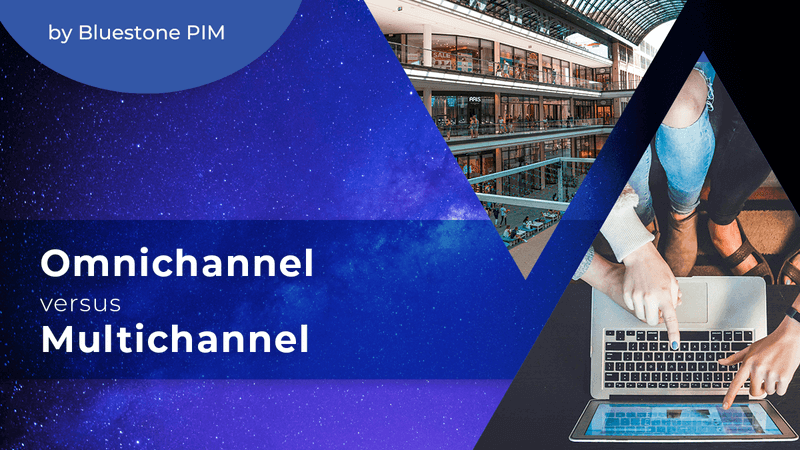
![6 Pivotal Benefits of AI for Retail [+ Use Cases from Top Brands]](https://www.bluestonepim.com/hubfs/6-Pivotal-Benefits-of-AI-for-Retail-1.png)
